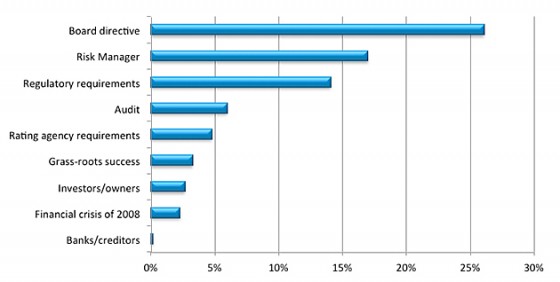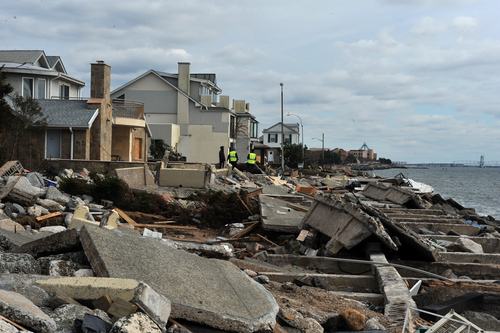One southern California town has officially been warned that their insurance will be cut off if city officials do not adopt risk management policies.
Irwindale’s insurer, the California Joint Powers Insurance Authority, issued a performance improvement plan on August 28 and said city liability and workers compensation insurance will be terminated if it does not adopt the measures. Allegations of corruption have cast a pall over the police department and local government, and the city has been forced into almost $2 million in settlement payouts over the past five years, according to the Pasadena Star News.
“They’re on notice that they need to improve their risk management practices within the city’s operations, specifically in the police department, to maintain their insurance coverage with our agency,” JPIA’s risk management program manager Bob May told the paper.
Irwindale has been mired in controversy over the past few years.
Of 24 police officers, three are on paid administrative leave and the department is conducting 14 internal affairs investigations. A local woman recently filed a $20 million lawsuit against the city, alleging that an officer sexually assaulted her during a traffic stop. Police Lt. Mario Camacho has been accused of retaliation by an officer under his command and of sexual harassment by a female cadet. Four city officials are charged with of misappropriation of public funds, embezzlement and conflict of interest resulting from a series of lavish trips to New York City that utilized over $200,000 of public funds.
Under the guidelines from JPIA, the city must hire a permanent human resources manager and council members must complete training on council relations and cooperation. If they do not complete the improvement plan, they risk losing coverage and will have to go to the open market or self-insure.
In September 2011, the JPIA issued a similar warning to the city of La Puente, Calif. As part of the “healthy members program” criteria, which outlines what members should do to stay within risk management guidelines, Insurance Journal reported that the town’s performance improvement plan required that La Puente “hire a permanent city manager, give notice of any harassment and retaliation complaints, and send council members to etiquette classes to learn how to get along.” The city recently completed the program and remains insured.
So far, the only town to be officially cut off by the California Joint Powers Insurance Authority is Maywood. The city was dropped in 2010 and the lack of insurance forced the local government to lay off almost all of its employees and disband the police department.




